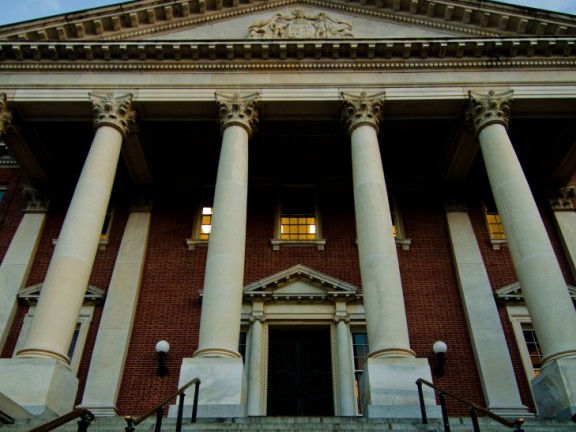Regulation & Enforcement

The EPA has delegated federal Clean Water Act enforcement authority to the Maryland Department of Environment (MDE). MDE is responsible for developing and issuing pollution permits, monitoring compliance, and, together with Maryland's Attorney General, enforcing clean water laws and regulations. EPA retains oversight for Maryland's water permitting and enforcement programs and is supposed to ensure that the state complies with its legal duties.
The number of facilities inspected and enforcement actions taken has declined in Maryland. According to MDE, in 2019, there were 222,295 regulated entities in the state. That year, only a quarter of those facilities were inspected (55,329 facilities), and only about 4 percent had enforcement actions taken against them (9,914 enforcement actions). In 2016, close to 30 percent of facilities were inspected (70,545 facilities), and close to 6 percent had enforcement actions taken against them (14,829 enforcement actions). That's a decrease of about 5 percent for inspections and 2 percent for enforcement actions. Between 2000 and 2017, MDE lost one-third of its water permit compliance inspection staff.
Noncompliance with water pollution permits is rampant in Maryland. Moreover, the state's enforcement policy no longer values deterrence-based sanctions. And when citizens attempt to hold polluters accountable, Maryland promotes active interference with the rights of citizens to enforce the Clean Water Act by "over-filing" citizen suits, assessing minimal fines, and obstructing requests for greater transparency.
This is problematic because roughly one-third of Maryland's nitrogen pollution to the Chesapeake Bay comes from pollution allowed under the state's general permits for stormwater discharges by industrial agriculture, construction sites, industrial facilities, and municipal stormwater systems, as well as major industrial wastewater permits. If Maryland's pollution permitting and enforcement remains unchanged, and Pennsylvania fails to control its agricultural runoff, Bay restoration efforts will fall short of their goals.
Chesapeake Bay Program scientists have shown that climate impacts have already increased pollution in the watershed. Modeling suggests climate change has the potential to contribute substantial amounts of pollution not currently accounted for in the Bay's "pollution diet," also known as the total maximum daily load agreement (TMDL). For example, Bay jurisdictions may need to eliminate as much as 9 million additional pounds of nitrogen by 2025 in order to meet water quality standards. This includes more than 2 million pounds from Maryland's waterways, 75 percent of which comes from increased pollution on the Eastern Shore.
Federal and state permits and regulations do not take into account increased precipitation, sea-level rise, and extreme heat, and other climate impacts that can impact pollution levels. If climate resilience reforms are not incorporated, even the most rigorous, enforceable permits will fail to control Chesapeake Bay pollution. Ignoring the need to update programs and policies will also result in a missed opportunity to promote resilience in communities and infrastructure that protects people and property.